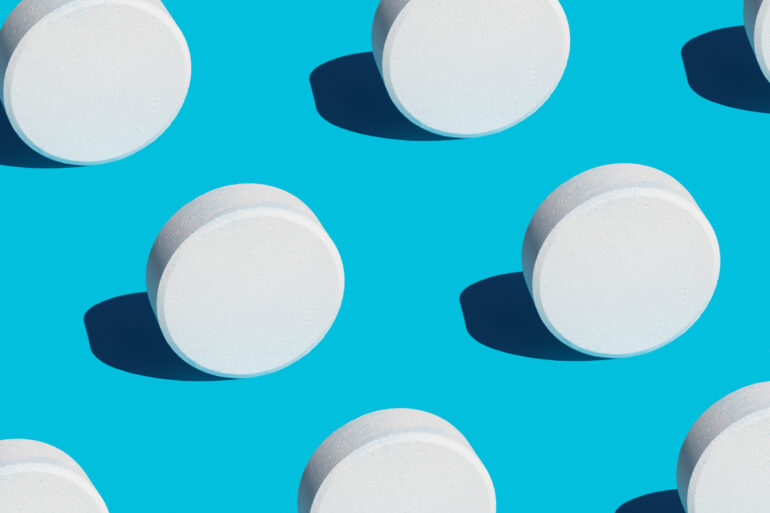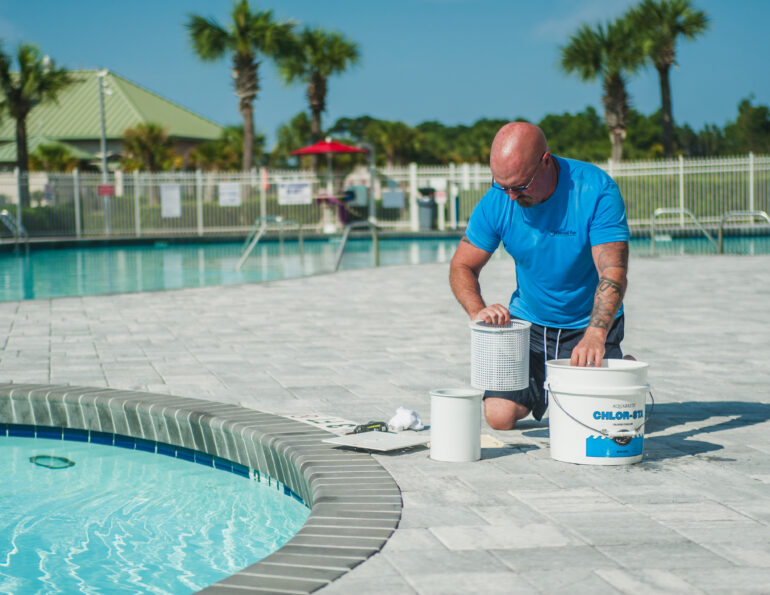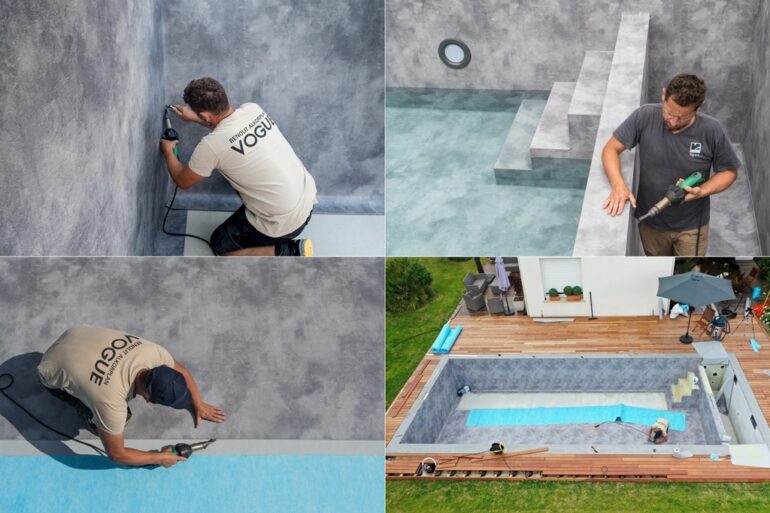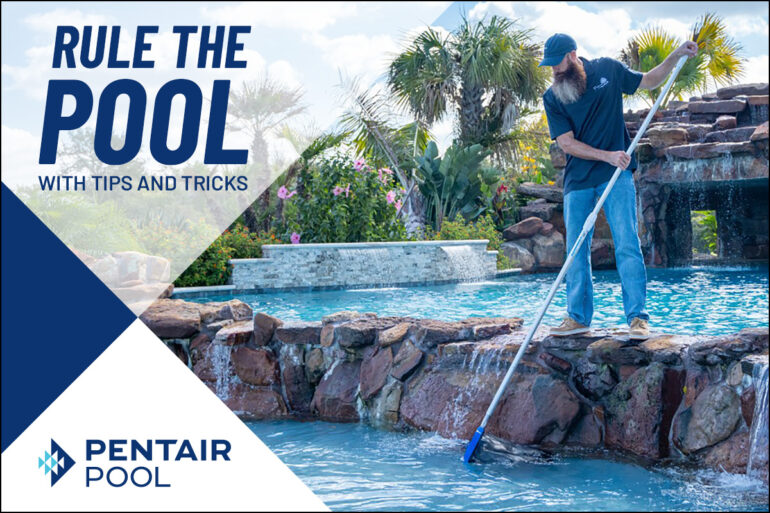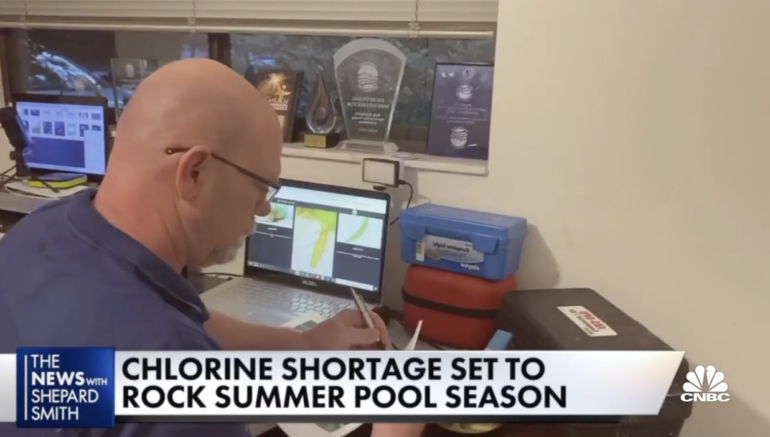Sanitization Alternatives
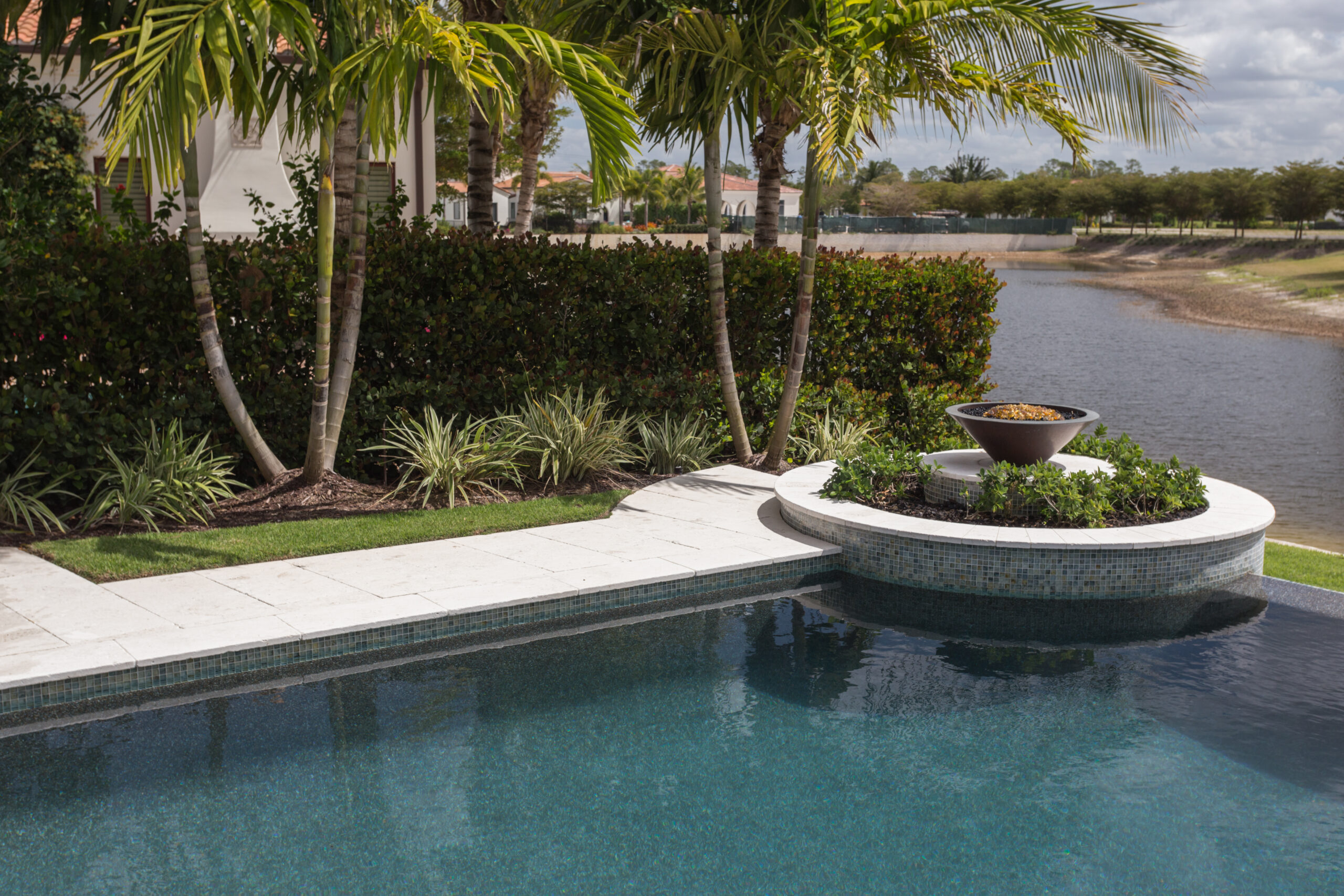
Trichlor tabs are a product many consider to be the lifeblood of the pool industry. Huge demand for pools, remodels and increased pool usage, among other factors, have resulted in a shortage of trichlor tab supplies.
But we want you to know that your local SCP and Superior Sales Centers — working with POOLCORP’s Retail and Chemical Team and many key suppliers — are here to help get through this shortage, keep pools clean and keep pool owners happy.
Here are some tips for pool professionals about alternatives to trichlor for sanitization, as well as how to help boost the effectiveness of your sanitizer.
Exploring Options
Some sanitization methods may be a better fit over others given the environment in which a pool is installed, along with the frequency it is used, and the level of involvement of the homeowner or service company. Finding the right program based on the average pool use and homeowner’s needs is important for ease of ownership and maintaining clean, clear water.
While chlorine is by far the most economical and efficient way to sanitize a pool, there are other options available. If you find that you need to offer alternatives, you should ensure that your sales staff is fully familiar with the products and program as well as how to present them to consumers. Besides chlorine tabs, some of the most popular methods of chemical sanitization include:
- Cal hypo tablet programs — Cal hypo tablets provide the same level of sanitization but, unlike trichlor tablets, do not contain cyanuric acid, making it easier to control the CYA level in pool water. Cal hypo is also available in a granular form.
- Liquid chlorine and granular cal hypo — Traditionally used for shocking or super chlorinating pool water, these products can also be used for daily sanitization. But be sure to follow the dosage instructions and use only products labeled for routine chlorination as well as super chlorination. While both of these products can provide regular sanitization when applied properly, keep in mind that they are both unstabilized and establishing and maintaining an ideal stabilizer level is important.
- Salt systems — A popular method for chlorinating swimming pool water, saltwater systems use specialty equipment that converts salt (sodium chloride) into a steadily maintained chlorine level.
Stronger Together
At times, different sanitization methods can be used in conjunction with one another but be sure to pay attention to all warnings on product labels. It’s important not to combine chemicals. (i.e., a pool that is sanitized daily with liquid chlorine could benefit from a weekly dose of cal hypo shock and vice versa, but these two products should never be mixed and added together). Different chlorine products may also be easily substituted. For instance, a pool that has historically used trichlor tablets for sanitization can also be routinely chlorinated by simply adding a liquid chlorine or granular cal hypo product that is labeled for daily use. However, cal hypo and trichlor tablets should never come in contact with each other. When substituting sanitizers, make certain that your sales staff and customers clearly follow instructions on the product labels.
Reducing Demand
There are many different products available to help reduce the amount of chlorine required to maintain a swimming pool.
A routine application of preventive algaecide is an easy and effective way to prevent algae growth and reduce the additional chlorine necessary to control it. Phosphates are a favorite food source for algae. Applying phosphate removal products helps prevent algae growth and reduce chlorine demand.
These ancillary products help to increase sanitizer effectiveness and subsequently reduce use:
- Enzyme products break down and remove organic waste and buildup.
- Clarifiers free water of particulate matter that could tax chlorine levels.
- The use of filter cleaners not only decreases chlorine use by removing buildup and waste, but also improves sanitizer performance by increasing circulation.
Specialty units, such as UV or ozone generators, can be installed in addition to the pool’s circulation and filtration equipment. UV units stunt the growth of bacteria, preventing it from being able to reproduce and stress chlorine levels. Ozone generators reduce chlorine use by oxidizing pool water and freeing it of buildup and contaminants.
Mineralizers are supplemental units that establish mineral levels in pool water, helping to prevent bacterial growth and kill algae that would normally require additional chlorine to manage. Additionally, blended chemicals and borates help lower chlorine consumption by increasing sanitizer efficiency, suppressing algae and buffering water chemistry with one product.
No matter what method you recommend to your pool customers, you should always stress that it is extremely important to follow chemical product label instructions. Some products are incompatible with others and any considerations would be listed on the label. Different sanitization methods may also have specific water chemistry requirements.
And as always, the recommended pool water chemistry levels for the chosen sanitization method should be maintained by testing and balancing on a weekly basis.

